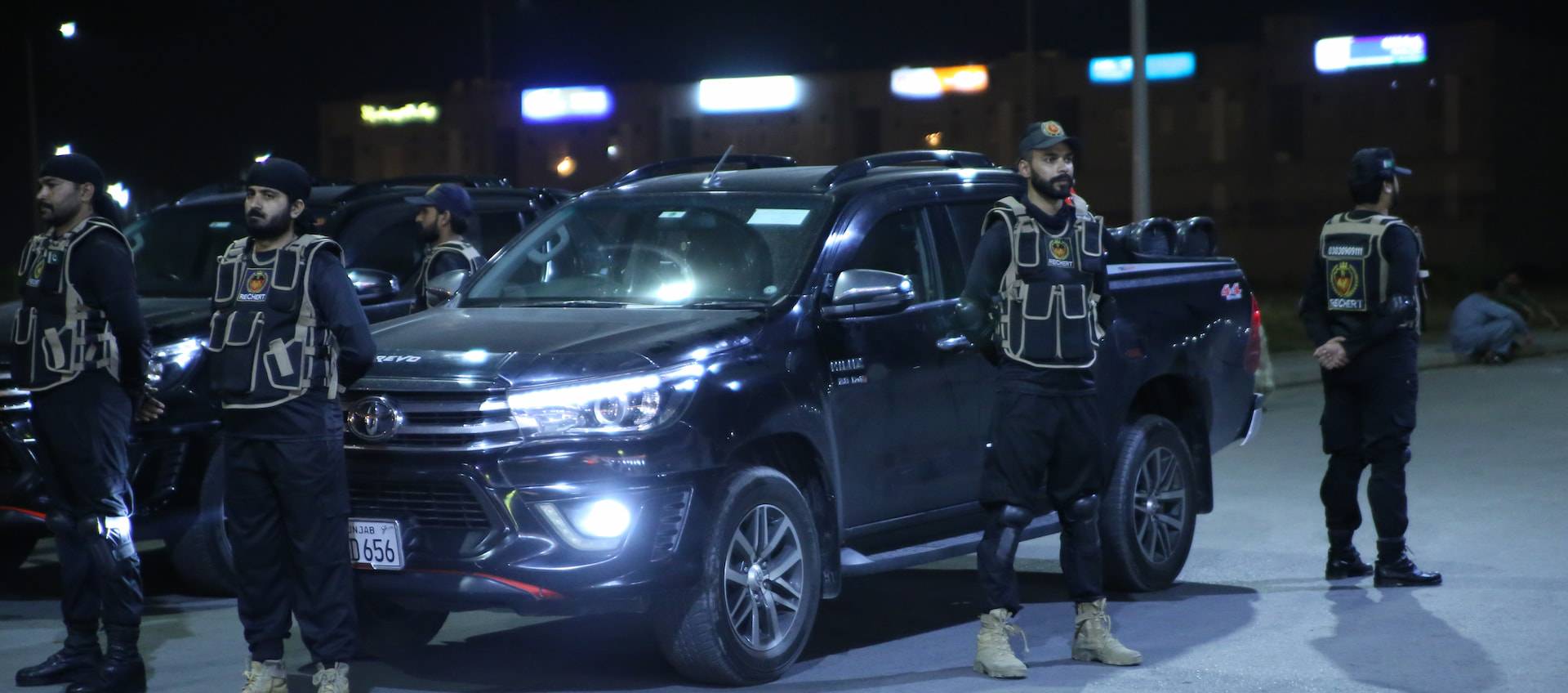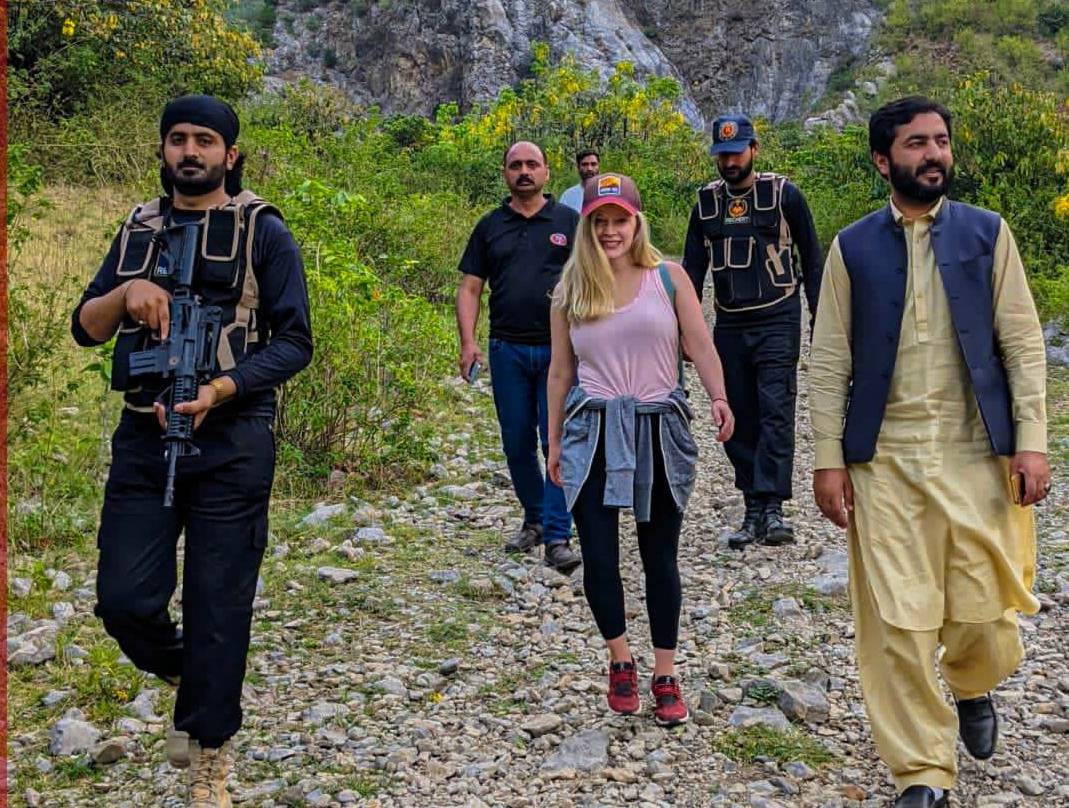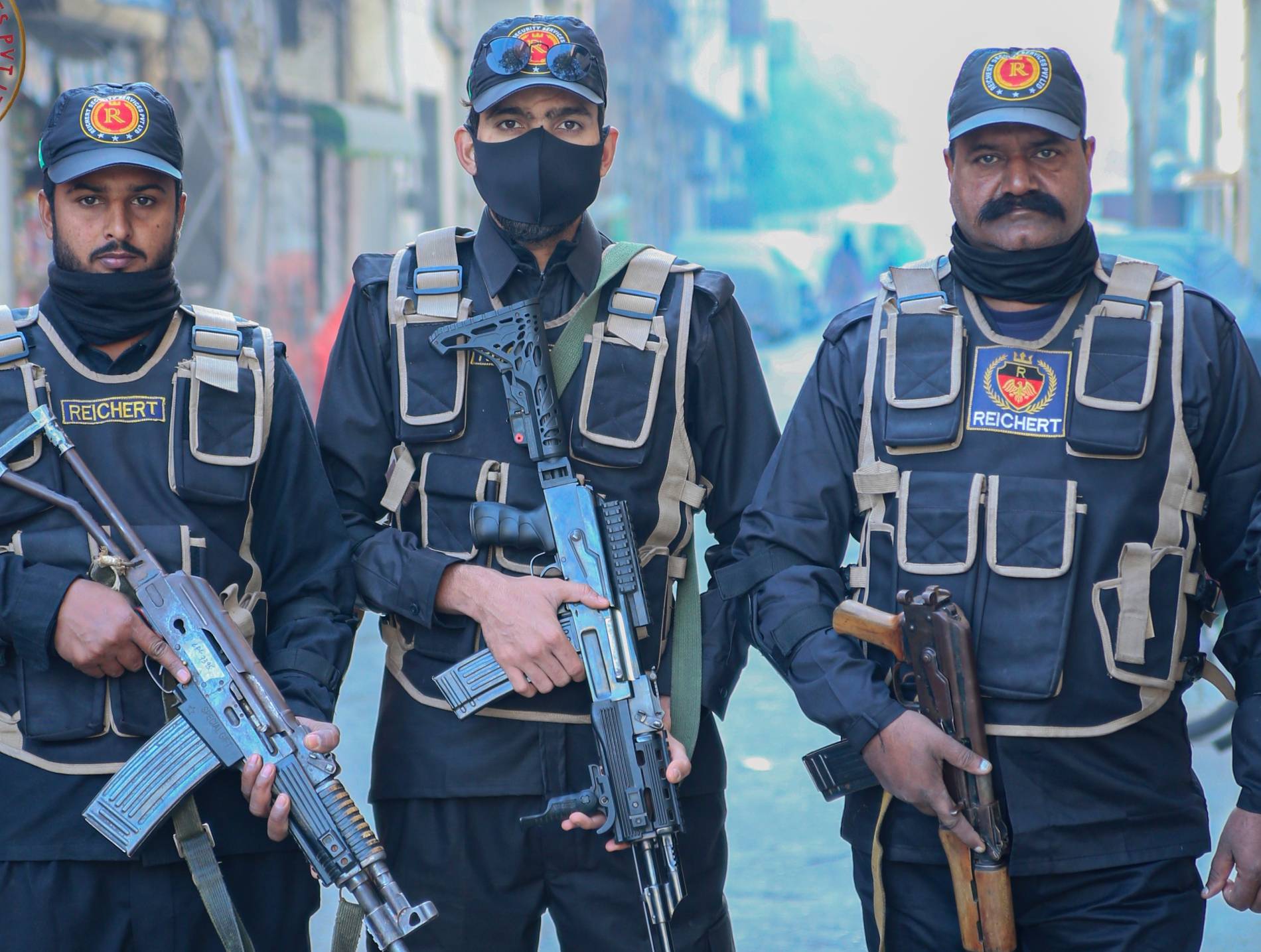Syria Country Report
Syria is currently embroiled in a civil war that began in 2012, resulting in a dangerous and unpredictable security environment. The indiscriminate use of small arms, airstrikes, artillery, tanks, and chemical weapons against combatants and civilians by the government and rebel groups is very likely. Iran, Russia, and Lebanon’s Hezbollah backed President Bashar al-Assad through direct military support, resulting in the regime retaking most of the territory it lost to the rebels in 2014-2015. However, regional conflicts between the government and rebel groups continue. The rebels have also received varying degrees of support from international backers, including Saudi Arabia, Turkey, and Qatar, who are also involved in military development. Daily clashes begin in North and South-West Syria, including in Daraa, Idlib, and Sweida, with the possibility of high casualties. There is a severe threat of terrorism in most major urban centers. Attack methods include shooting, bombing, suicide bombing, and vehicle bombing. Due to constant conflicts, the crime rate is also high. As security forces have been redeployed to fight the insurgents, reports of robberies, armed robberies, carjackings, and home invasions have increased. Kidnapping is a serious threat. Kidnapping may be for financial or political gain and may be carried out by criminal and terrorist groups. These demonstrations have been met with repression by the security forces and anti-government sentiments have increased among the target population. The health system has deteriorated significantly, with many hospitals closed and shortages of basic medical equipment reported.
Last updated: February 7, 2023
Security
The political situation in Syria remains unstable despite significant territorial gains by government forces in 2017 and 2018. Clashes continue in southwestern and northern Syria, and the clashes have worsened security. Many urban areas under government control or ceasefire agreements are highly unstable due to residual tensions and the destruction of local infrastructure. Indiscriminate use of small arms, airstrikes, artillery, tanks, and chemical weapons can lead to the death of civilians. Terrorist attacks and kidnappings by extremist groups are frequent. Likewise, there are frequent reports of robberies, armed robberies, carjackings, and home invasions. Protests in government areas are probably over price hikes and non-payment of salaries. Meanwhile, protests against militia actions and foreign interference are likely to occur in rebel-held areas in the north. Westerners kidnapped by extremist groups are at grave risk of being executed for propaganda purposes. The risk of arrest is also high.
Last updated: May 13, 2022
Infrastructure
Many airports in Syria are closed to civilian traffic due to structural damage and military occupation. Some commercial airlines have suspended flights to Syria, and many no-fly zones remain in place in some areas due to the threat of militants using anti-aircraft weapons and manned man-portable air defense systems (MANPADS).
Driving in Syria can be dangerous and requires extreme caution. Roads and border crossings may be closed without prior notice.
Latakia port is dysfunctional due to ongoing conflicts.
More than a decade of conflict has severely disrupted access to essential services in Syria, including access to clean water.
Various cyber attacks have been carried out against Syria.
Last updated: December 30, 2022
Environment
Syria is located in a seismic zone and has experienced several strong earthquakes in the past. Dust storms form in the southeast and can cause severe visibility impairment. Landmines are widespread along the borders of Syria, especially near the borders of Turkey, Lebanon, Iraq, and Jordan, and in the Golan Heights bordering Israel. Unexploded ordnance (UXO) is a serious threat.
Last updated: March 16, 2022
Health and Medical
Syria’s healthcare system is deteriorating due to ongoing conflict. There is still a shortage of medical staff and some hospitals are no longer functioning. Transportation of medicine and medical equipment to rebel areas may be blocked or stolen. Infectious disease outbreaks occur regularly throughout the country.
Last updated: August 28, 2023
Political
Syrian President Bashar al-Assad has retaken most of the territory his government lost to rebels between 2012 and 2015. With the support of Russia, Shiite militias and Iran’s Quds Force, regime forces continue their extensive military operations to retake major Syrian cities. Following military successes in Aleppo, Homs, Eastern Ghouta and Daraa, President Assad is now in a stronger domestic position, and international calls for regime change that spread in 2015 have since been muted. Government-controlled areas are likely to stabilize in the coming months as regional institutions are restructured and international trade resumes. More military action to recapture Idlib in the north of this country is also possible. Opposition groups will continue to exist in Syria, but their status in the post-war country is still unclear. But Assad has little incentive to make meaningful concessions to rival factions, and political repression is more likely.
Last updated: March 28, 2022















